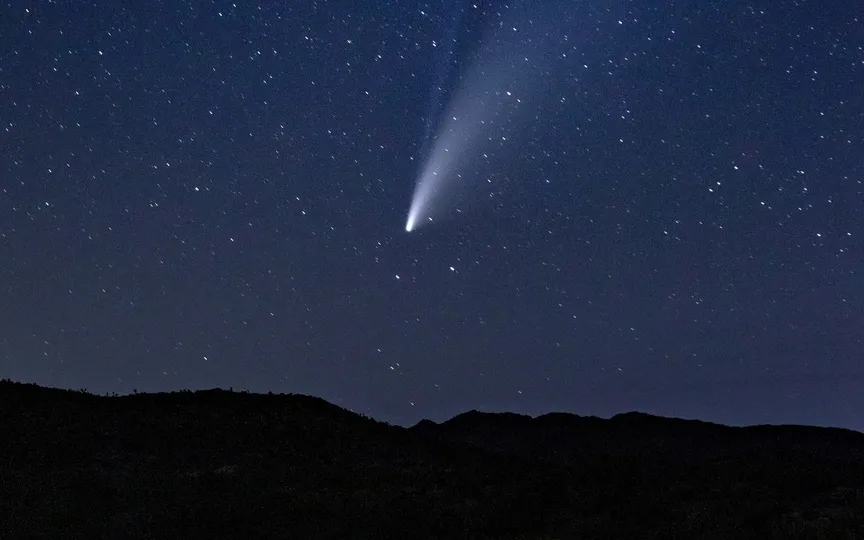Glimpse Comet Nishimura C/2023 P1 Now – It Won’t Return for 400 Years
In September, a comet that is rarely visible without the aid of telescopes will make its way past Earth, offering a unique celestial spectacle. Those interested in witnessing this extraordinary event can observe Comet Nishimura as it traverses the northeastern horizon on September 12. Discovered just last month, this comet will provide a fleeting opportunity to catch a glimpse of its splendor, as it will not be visible again for another four centuries. For further information on this remarkable cosmic phenomenon, click here.
The rarest comet seen in September
A comet named Comet C/2023 P1 (Nishimura) will be seen passing Earth on September 12 and is only 125.3 million kilometers away. According to an Astronomy.com report. Japanese amateur astronomer Hideo Nishimura first discovered this comet on August 12. The comet was close to Gemini the Twins star Zeta Geminorum. Now the comet is moving towards the inner solar system. Within five days, it will be on its way to perihelion, marking its closest approach to the Sun. During this time, it starts to show better.
The comet has been shining brightly since it was spotted and is expected to provide spectacular views of the night sky in the Northern Hemisphere.
Space.com reports that most of the new comet discoveries are made with the help of robotic cameras. These cameras are always scanning the sky, mostly to spot asteroids that might come close to Earth.
How to view Comet Nishimura
The comet will be visible just one hour before sunrise in the Northern Hemisphere. Viewing with the naked eye can be challenging, so bring binoculars or binoculars to get a closer look at the rare event. The comet can be seen 10 degrees above the horizon and close to the constellation Leo.
Italian astronomer Gianluca Masi, founder of the Virtual Telescope Project, explained the comet as follows: “Stunning right now, it has a long, well-structured tail.”




